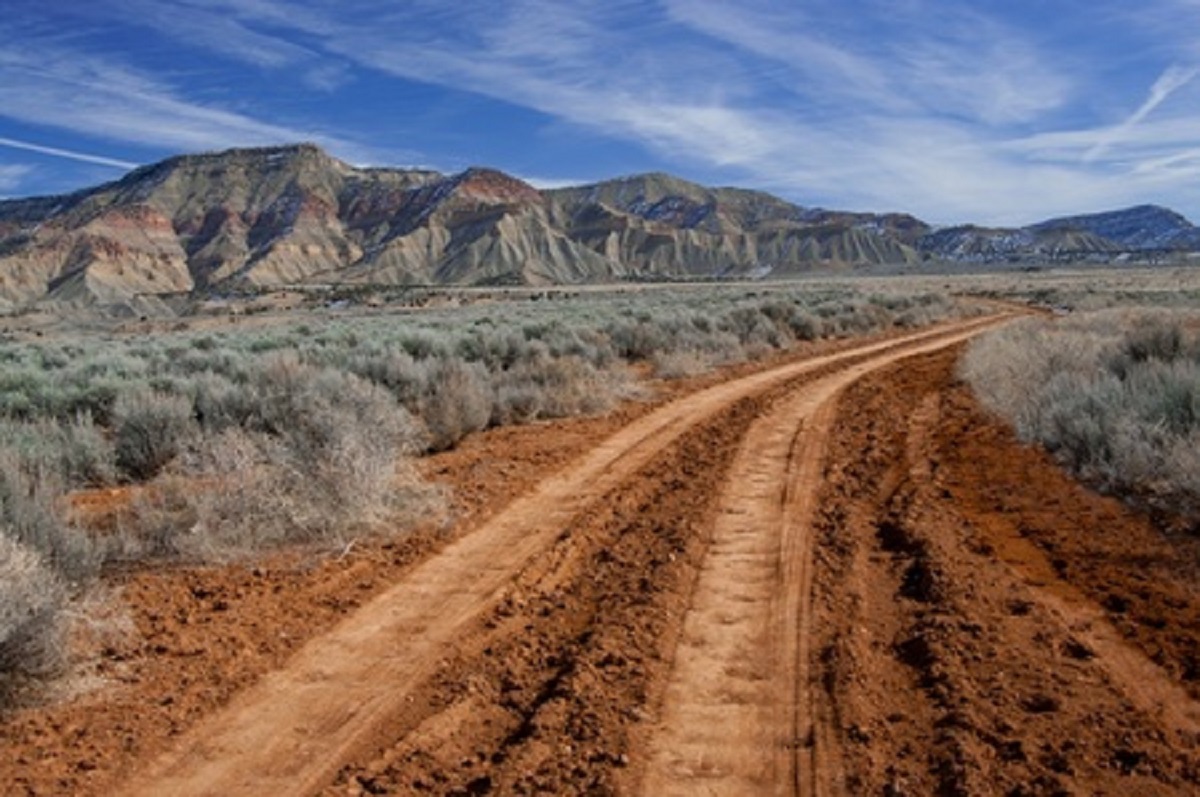Staying Safe on Desert Terrain
For those individuals who want to explore the country via their car, it is not uncommon for them to encounter desert terrain as they travel through the western part of the US. While it may seem simple to drive over a flat area with little development, it’s important for drivers to be prepared for any situation, especially when driving on back roads in the desert. To help ensure drivers and their passengers remain safe and comfortable, here are some tips for desert driving.
Be Prepared for Poorly Maintained Roads
It should be no surprise that roads in remote areas of the country, such as the desert, are not very well maintained and can often have cracks and large rocks on the roadway. It is important when planning a trip to the desert to make sure you are using a vehicle with higher clearance from the ground, such as a Sports Utility Vehicle (SUV) or truck and preferably one with four-wheel drive. Should your route take you on hilly, rocky terrain, four-wheel drive trucks or SUVs with higher clearance are a necessity to ensure safe travel over this sometimes unpredictable terrain.
Have a Plan for Unexpected Conditions
It is not uncommon for drivers to encounter strange weather or nature conditions they would not otherwise expect while traveling through the desert. Quicksand is a common occurrence in this climate and can usually be found in shallow, small patches – this can be very dangerous for motorists, since these patches can often not support the car’s weight. Flooding is also a common issue for desert areas, given the dry climate doesn’t allow for rain water to absorb – during the desert’s rainy season, it is possible for low water crossing to be washed out completely and unusable to drivers.
Have the Proper Tools and Supplies
Since the desert is a very remote area, it is important to make sure the vehicle you are using is properly stocked with tools and supplies in the event of an emergency. Make sure to be prepared with a tool kit, tire tools, pliers, screwdrivers, and wrenches as well as supplies like additional motor oil and extra radiator hoses among other things. Should an emergency occur, it is important to have the tools needed to remedy the problem instead of relying on help that could take some time to find you.
Have Water—Lots and Lots of Water
Always have several gallons of water in the car if you plan to drive through desert climates. If you have nothing else, at least have plenty of water, since dehydration can lead to serious problems, impairment, and death. It can also help to bring a hydration pack for your trip, as it can carry two to three gallons of water in one backpack and has a straw for easy access.
Think you or someone you know is need of Behind the Wheel Training? Training Wheels is a Somers Point driving school specializing in teaching new teen drivers how to stay safe on the road. For more information on our lessons, please click here.
Copyright: wakr10 / 123RF Stock Photo

